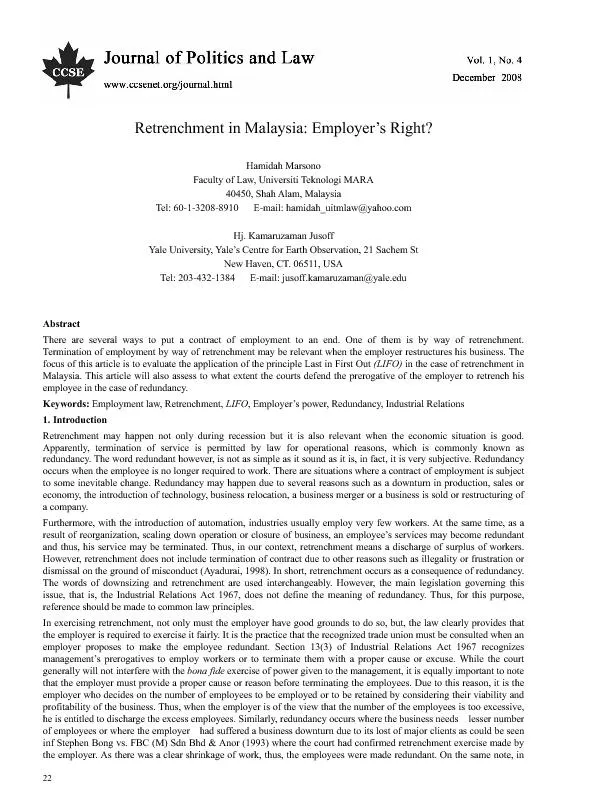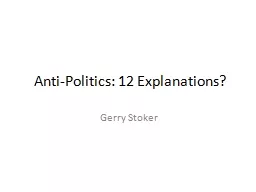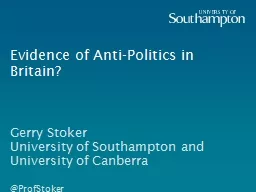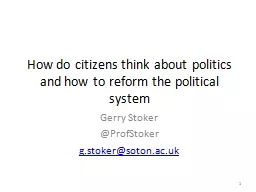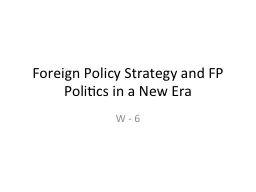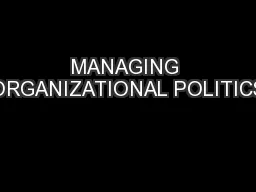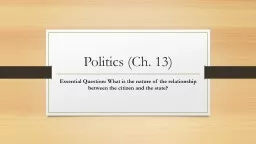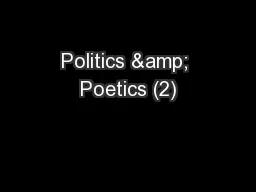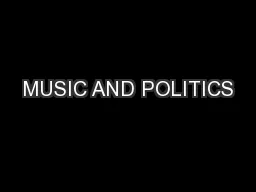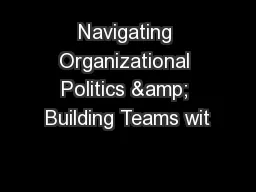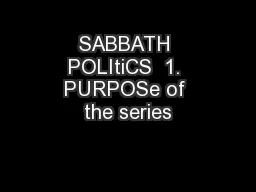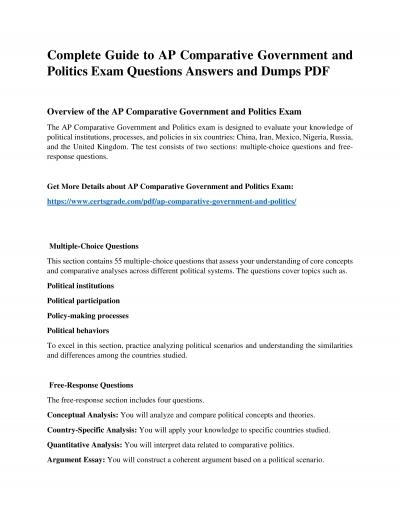PDF-Journal of Politics and Law
Author : natalia-silvester | Published Date : 2016-07-24
the Kumpulan Perubatan Johor Sdn Bhd vs Mohd Razi Haron 2000 the Industrial Court held that the massive retrenchment made by the employer was a genuine measure and
Presentation Embed Code
Download Presentation
Download Presentation The PPT/PDF document "Journal of Politics and Law" is the property of its rightful owner. Permission is granted to download and print the materials on this website for personal, non-commercial use only, and to display it on your personal computer provided you do not modify the materials and that you retain all copyright notices contained in the materials. By downloading content from our website, you accept the terms of this agreement.
Journal of Politics and Law: Transcript
Download Rules Of Document
"Journal of Politics and Law"The content belongs to its owner. You may download and print it for personal use, without modification, and keep all copyright notices. By downloading, you agree to these terms.
Related Documents

